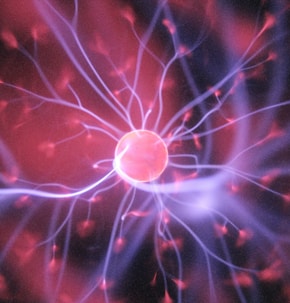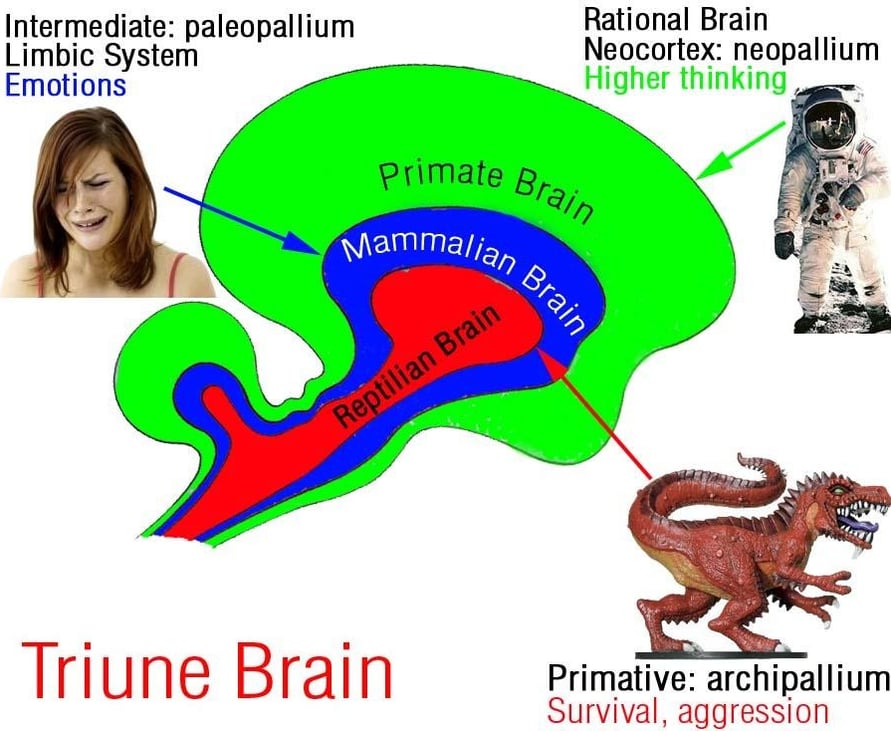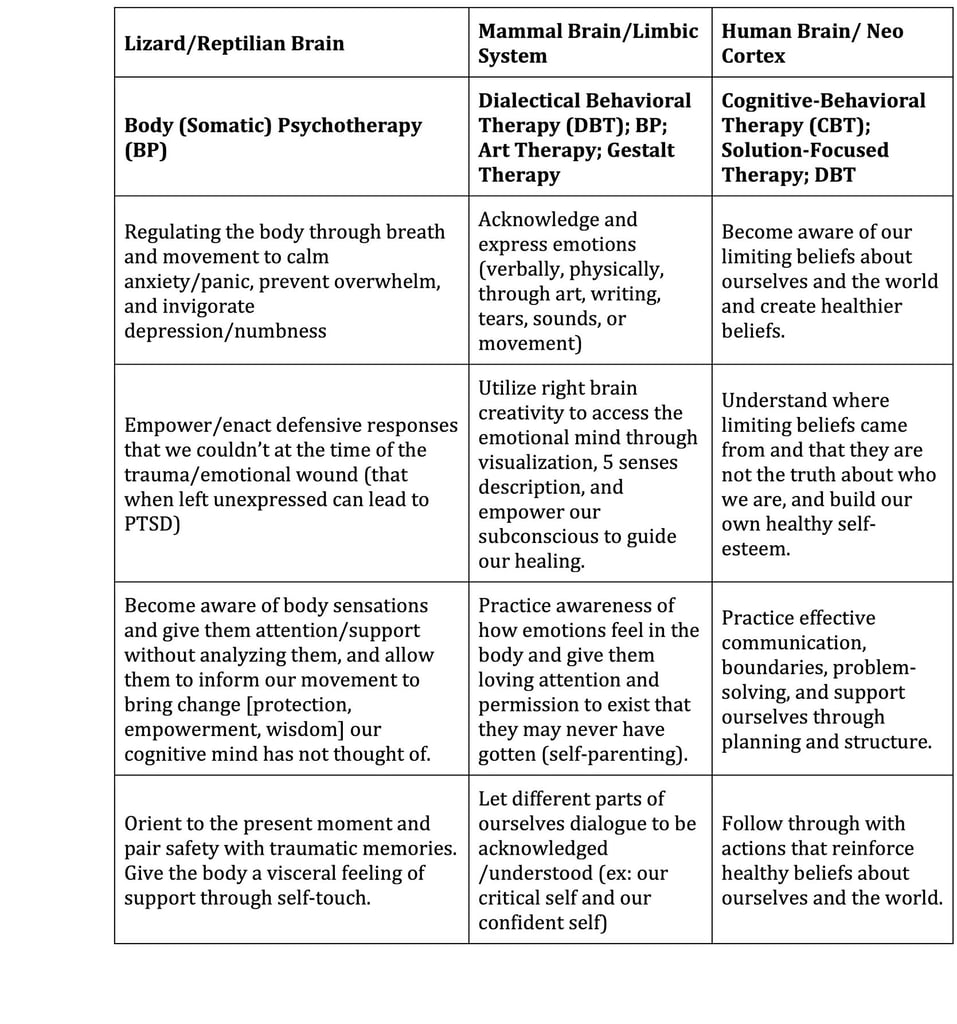What is Somatic (Body) Psychotherapy?
Somatic (Body) Psychotherapy Definition:
Somatic (Body) Psychotherapy treats the whole person, integrating body, mind, emotions, and spirit, enabling you to do deeper more meaningful work in less time with more lasting results. (http://www.ibponline.org/ - Integrative Body Psychotherapy)
Somatic Experiencing®:
Somatic Experiencing® teaches you to track and attune to your nervous system to regulate, release trauma, empower, and attend to needs and nervous system states effectively. Assessing the state of your nervous system and knowing how to support it helps you navigate work, relationships, and life with greater efficacy, enjoyment, and ease.
It is also a trauma healing modality:
"Somatic Experiencing (SE™) aims to resolve symptoms of stress, shock, and trauma that accumulate in our bodies. When we are stuck in patterns of fight, flight, or freeze, SE helps us release, recover, and become more resilient."- https://traumahealing.org/se-101/
Embodied Change You Can Feel..Instead of Just Think About




Why It Works
Because so much of the input to the central nervous system is somatic (registered through our sensory receptors associated with our five senses) and most emotions are accompanied by or preceded by body sensations (Ellis, 2014), involving the experience of the body in psychotherapy can be an essential aspect in addressing a client’s holistic experience.
Why Cognitions/Logical Thought (Talk Therapy) Are Only Part of the Picture of Healing
The human brain develops in 3 parts sequentially: the Reptilian Brain (instinct/survival), the Mammal Brain (Limbic System: emotions and memories), and the Human Brain (Pre-Frontal Cortex: abstract thought).


Because trauma and/or emotional wounds have been or felt like real threats at one time, the body and brain remember them. When we get triggered (by a situation, one of the 5 senses, an emotion etc.) the body may react as if it is still in danger. Because we are wired to survive, the Reptilian Brain acts as an instinctual protection by utilizing the defensive responses (fight/flight/freeze/collapse). Because taking time to think in dangerous situations would slow down our ability to act, the body diverts all energy to our defensive responses, which mean we are not able to effectively communicate or problem solve in these moments (the higher parts of our brain go “off-line”). So using logic when we are scared doesn’t help us much. Logic also doesn’t seem to touch our deep-seeded emotional responses (we may know logically we are worthy of love, but not feel it).
For this reason, we must work on all three levels of the brain (along with the body) to heal and re-pattern defensive responses, negative cognitions, and limiting beliefs and behaviors. When each part of the brain is included in therapy, lasting change can occur.
Therapy for Each Part of the Brain
Note: There are many modalities of Body Psychotherapy (BP) , many of which access several part of the brain. I draw on Hakomi, Sensorimotor Processing, Somatic Experiencing®, Gestalt, Integrative Body Psychotherapy, Core Energetics, and Focusing.
I do NOT offer DBT and CBT or Solution Focused Therapy in a structured way, though I do incorporate the focus areas and skills in the Neo Cortex column below through a somatic-informed lens, as those issues arise organically in our work.


Contacts
lightsomatic@gmail.com
619-289-7604


Bonnie Singman, MA, LPC, PSEP
